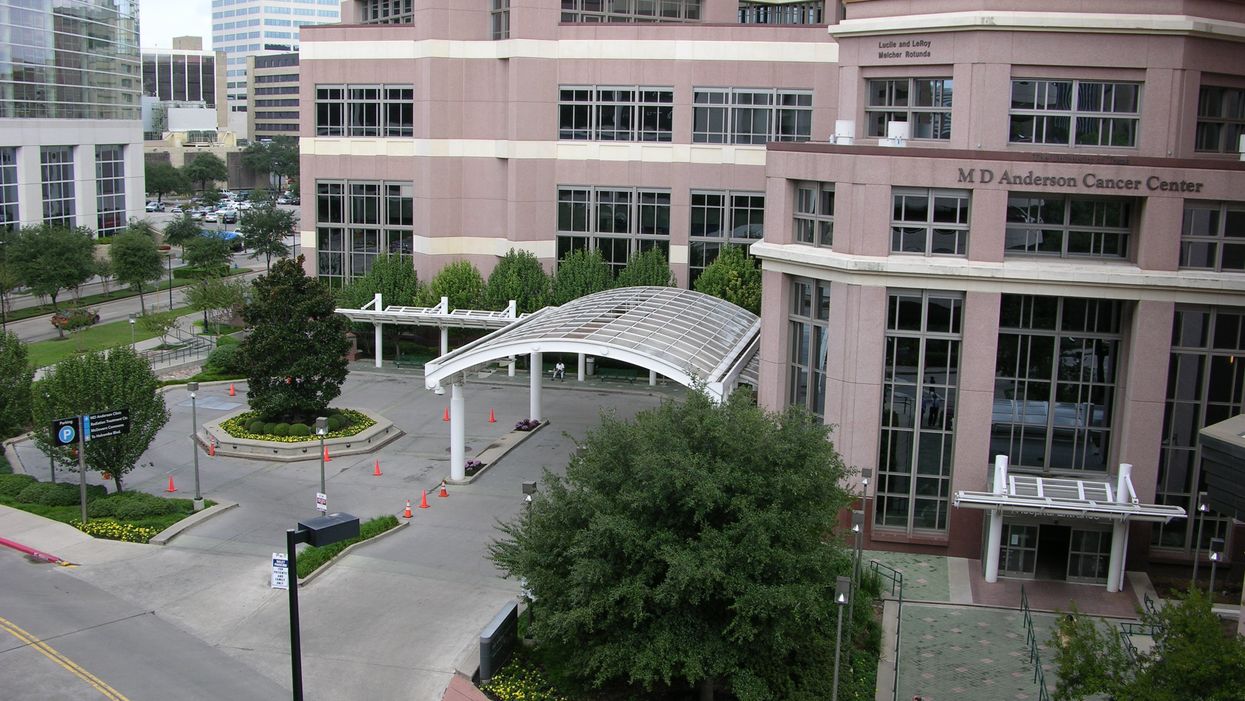
Aurora Fierro/Cover/Getty Images

Unintended consequences
A medical center in Texas tried to get rid of a booming bird population in its trees — and accidentally created the perfect habitat for one of the most poisonous insects in North America.
The Texas Medical Center in Houston had an issue with birds crowding the trees around its campus. In addition to being obnoxious, these birds can spread disease. So, in an effort to solve this problem, it placed nets on those trees. This is not an uncommon way to deal with bird infestations, but in this case it had an unintended side effect.
The birds were apparently eating the Megalopyge opercularis, more commonly known as a puss caterpillar or "asp." This caterpillar has venomous spines that can lead to a serious reaction in humans. Although these caterpillars are not uncommon in Texas, the removal of the birds led to a more than 7,000 percent increase in their population near the medical center, according to a Sept. 4 research article published by The Royal Society. The study looked at "the unforeseen consequences of ecological disturbance for species interactions."
Mattheau Comerford, a graduate student who worked on the study, said in a statement reported by Newsweek the effects from the sting of this particular caterpillar can be delayed.
"It takes about 10 minutes before the pain kicks in so you might not even realize you've been stung at first. It feels like a broken bone and the pain lasts for hours. I was stung on the wrist and the pain traveled up my arm, into my armpit, and my jaw started to feel pain," Comerford said.
In addition to the nets, pest control specialist Mikal Shamsi told the Houston Chronicle in late 2016 that the caterpillars were also showing up in greater numbers later in the year because of Hurricane Harvey, which hit Houston particularly hard, changed the caterpillar's reproductive cycle.